Stack Emissions Testing
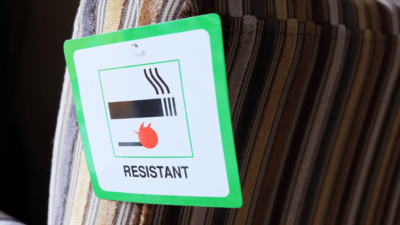
New Monitoring Requirements for Brominated Flame Retardants
/Brominated Flame Retardants are added to products during manufacturing to increase their resistance to fire. We explain the new requirements for plants burning waste containing brominated flame retardants.
Read more »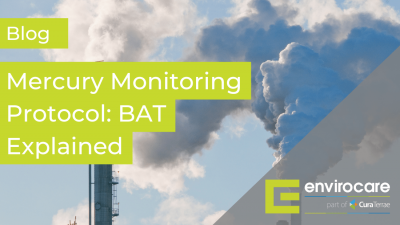
Mercury Monitoring Protocol and Best Available Technique
/BAT stands for ‘Best Available Techniques’, referring to the techniques that best prevent or minimise environmental impacts from industry processes/installations. These will be the most economically and technically viable options.
Read more »
Understand the Medium Combustion Plant Directive
/Does the Medium Combustion Plant Directive apply to my business? The Medium Combustion Plant Directive (MCPD) has expanded the requirements for Environmental Permits to include smaller sizes of plant which weren’t previously covered by environmental legislation. Now including new and existing plant over 1MWth input the updated permitting requirements are still being overlooked by many […]
Read more »
Track and Trend your Emissions Data with eDAS®
/eDAS® (our Environmental Data Acquisition System) is now available to enable you track and trend all your emissions data. eDAS® makes monitoring your environmental performance more simple, you can: Centralise your environmental performance data Integrate your legacy or EMS supplied equipment View graphs and export data at the touch of a button Get the information […]
Read more »
Indoor Air Quality: What Pollutes our Air?
/According to Opinium, the average Brit spends around 22 hours indoors. Therefore it is important to understand the quality of the air we are inhaling, the effects of the quality of the air and what can be done to prevent poor air quality. What causes indoor air pollution? There are many factors that are associated […]
Read more »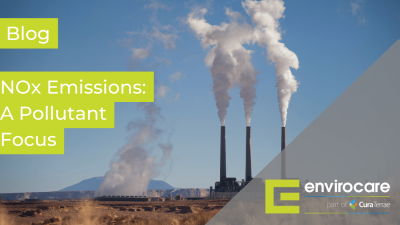
NOx Emissions: A Pollutant Focus
/What Is NOx? NOx emissions / Oxides of Nitrogen is a term for the mono-nitrogen oxides Nitric Oxide (NO) & Nitrogen Dioxide (NO2) and their oxidation products, principally Nitric Acid (HNO3). Oxides of Nitrogen are a significant air pollutant particular in urban areas where vehicular and industrial contributions are more prevalent. Oxides of Nitrogen are […]
Read more »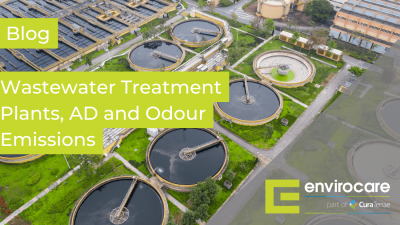
Wastewater Treatment Plants, Anaerobic Digestion, and Odour Emissions Explained
/Anaerobic digestion can and is playing a huge role in creating a potential fuel source from waste that is otherwise seen to have little use. Within the wastewater treatment industry, sludge is produced as a waste and has to be disposed of safely and effectively, which is where anaerobic digestion can play an important role […]
Read more »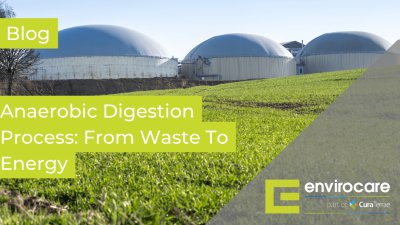
Anaerobic Digestion Process: From Waste To Energy
/Anaerobic digestion is the process of micro-organisms breaking down organic material in the absence of oxygen. After mixed waste has been segregated and the inorganic recyclable fractions removed, the organic fractions enter the AD process. The Anaerobic Digestion Process Organic waste material (for example food wastes or sewage sludge) is stored in an oxygen free […]
Read more »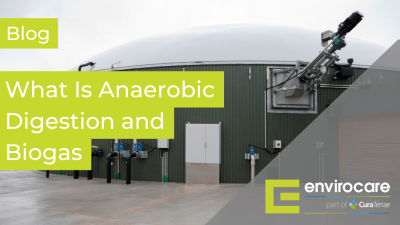
What is Anaerobic Digestion and Biogas?
/What is Anaerobic Digestion? Anaerobic Digestion is the process of micro-organisms breaking down organic waste material – also known as feedstock – in the absence of oxygen. The process happens naturally, for example in soils, but is becoming increasingly popular as an athropogenic solution for dealing with organic wastes. The outputs from anaerobic digestion are […]
Read more »
Medium Combustion Plant Directive Emission Limits
/The European Parliament’s Environment, Public Health and Food Safety Committee have voted to enforce limits upon medium combustion plant emissions for sulphur dioxide and nitrogen oxide under draft plans titled ‘Limitation of certain pollutants into the air from medium combustion plants’. The draft sets out emission limit values for facilities / combustion plants which burn fuel […]
Read more »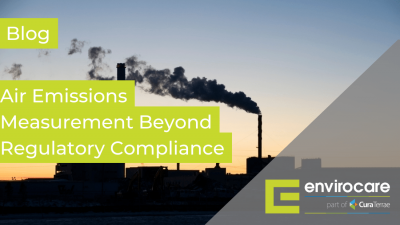
Air Emissions Measurement Beyond Regulatory Compliance
/Over the course of a couple of blog articles we’ve outlined the importance of Health and Safety When Monitoring Emissions and some of the many important reasons Why To Choose MCERTS Accredited Emissions Monitoring. As we continue our series of stack emissions monitoring articles, we look at the many other reasons besides regulatory compliance for requiring air emissions […]
Read more »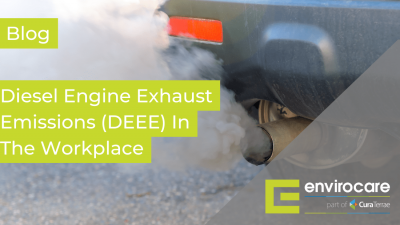
Diesel Engine Exhaust Emissions (DEEE) In The Workplace
/Diesel Engine Exhaust Emissions Exhaust fumes from diesel engines do cause cancer, a panel of experts working for the World Health Organization said at a meeting this summer. It concluded that the exhausts were definitely a cause of lung cancer and may also cause tumours in the bladder. It based the findings on research in […]
Read more »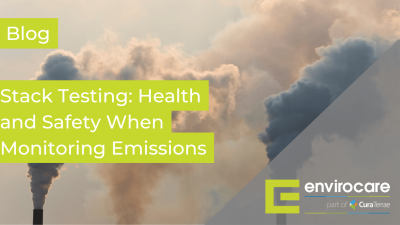
Stack Testing | Health and Safety When Monitoring Emissions
/Monitoring Emissions from stacks is a process that involves many hazards, not least working at height, making the most important aspect where trust is required is safety. Hazards are not necessarily prohibitive so long as their risk can be managed and mitigated to an acceptable level. If the job cannot be done safely it should […]
Read more »
Stack Testing | MCERTS Accredited Emissions Monitoring
/Why are we writing this article? If a process operator needs some stack testing doing, isn’t it just a question of ringing up a couple of companies and choosing the cheapest quote? I would argue that the first step is to decide what it is that you want from the whole process. If you just […]
Read more »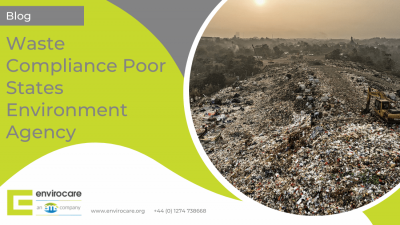
Waste Compliance Poor States Environment Agency
/The EA’s annual stock take of environmental performance in England 2012, shown in ‘The Sustainable Business Report’ reveals that businesses involved in the storage of waste or treatment, transfer and use, landfill, bio-waste and energy from waste activities accounted for most firms in the lowest D,E or F banding, with 363 out of 396. The […]
Read more »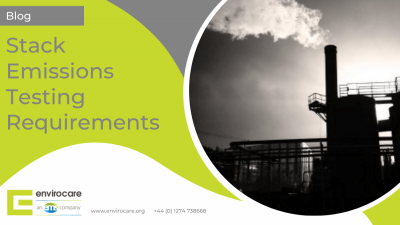
Stack Emissions Testing Requirements
/What Is Stack Emissions Testing? Stack emissions testing (stack sampling or stack monitoring) is the experimental process for evaluating the characteristics of waste gas stream emissions into the atmosphere from industrial facilities to meet environmental standards. Stack testing measures the amount of specific regulated pollutants or surrogates being emitted or determines the destruction or removal […]
Read more »
What Exactly Is Environmental Compliance?
/The definition of environmental compliance is to conform to any environmental regulations, laws plus any other regulations or standards. You may believe this sounds rather complicated but it’s not. In fact, it’s nothing more than what you should be doing already to be running your company legally. In recent years environmental compliance has become a […]
Read more »
Air Pollution Monitoring Stations Face Closure
/New government plans aimed at cutting regulations to save money may see up to 600 air pollution monitoring Stations face closure. Ministers want to remove obligations on local authorities to assess air quality in their areas, resulting in less monitoring. Environmental campaigners however are accusing them of trying to hide the fact that Britain is […]
Read more »